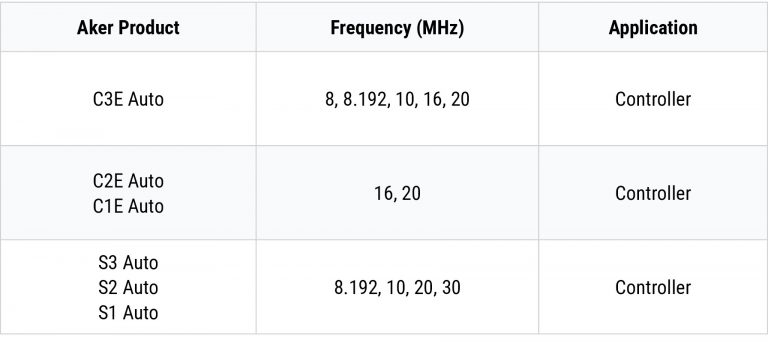According to the US Department of Energy, all forms of electric vehicles (EV) can help improve fuel economy, lower fuel costs, and reduce emissions. New energy vehicles, also known as alternative fuel vehicles, use non-fossil fuels as a power source. By using more energy efficient vehicles that use multiple fuel sources to generate electricity, a more secure energy source for the electrified portion of the transportation sector is made possible.
 Energy Vehicles
Energy Vehicles There are five major types of new energy vehicles, including the Hybrid Electric Vehicle (HEV), the Battery Electric Vehicle (BEV), Fuel Cell Electric Vehicle (FCEV), Extended Range Electric Vehicle (EREV), as well as any other new energy vehicles that use mechanical energy (like supercapacitors, flywheels, compressed air and other high-efficiency energy storage devices).
Of the five types of new energy vehicles, three dominate the industry today — hybrid electric vehicles, battery electric vehicles and full cell electric vehicles.
HEVs include gasoline-electric hybrid vehicles and plug-in gasoline-electric hybrid vehicles that use two or more energy sources to generate kinetic energy. These vehicles may have two or more drive systems, like a gasoline engine and an electric motor installed to make them run.
A BEV is powered solely by batteries. It uses electric energy to drive a motor, and an inverter to transmit power. The BEV does not have an engine, a fuel tank, or an intake and exhaust system. This type of vehicle does not produce air pollution.
A FCEV is an electric vehicle equipped with a fuel power generation device that converts the chemical energy of fuel into electrical energy, with hydrogen being the most commonly used fuel. The stored high-pressure hydrogen combines with ambient oxygen to generate water and electricity, while releasing heat. There are other hydrocarbons that can be used to decompose hydrogen, like natural gas and ethanol.
Electric vehicles have five essential systems that help them run. These systems, include:
There are two types of common charging infrastructures: AC slow charging (Level 1, 2) and DC fast charging (Level 3).
This method uses an on-board charger (OBC) to convert AC power to DC power for battery charging. OBCs have size and weight limitations that prevent high-power fast charging. There are two types of AC charging units:
Level 1: For overnight home charging using regular socket voltage
Level 2: Rapid, higher voltage charging most commonly used at a public charging station.
This method converts AC directly within charging station without an OBC. Since charging stations have fewer size constraints, higher power can be used.
The on-board battery charger (OBC) automatically adjusts current and voltage based on data from the battery management system. Advanced bi-directional OBCs (BOBCs) can both charge the battery and export energy back to the grid. To reduce charging times, charger power ratings have increased over the years – from single phase 3.3 kW and 6.6 kW to three phase 11 kW, 22 kW and beyond. Multi-function designs have also emerged – for example, OBC+DC/DC, OBC+DC/DC+PDU.
A traction inverter is also used to convert DC energy from the battery to provide AC power to the electric drive motor, delivering torque and acceleration. It also recovers energy from regenerative braking to recharge the battery.
Over the past decades, Aker has had successful partnerships with renowned automotive companies. What truly sets us apart is our unwavering commitment to rigorous quality management. We are fully qualified under IATF 16949 and meet the AEC-Q200 testing standard, aligning with the industry’s highest benchmarks for quality, reliability, and consistency.
Whether you need a crucial component for an electric vehicle system, or a fully integrated module designed for ease of manufacturing, Aker has the technical expertise and vertical integration to provide unmatched solutions.
The following Aker crystal series meet the accuracy requirements for new energy vehicle controller and charger applications.

